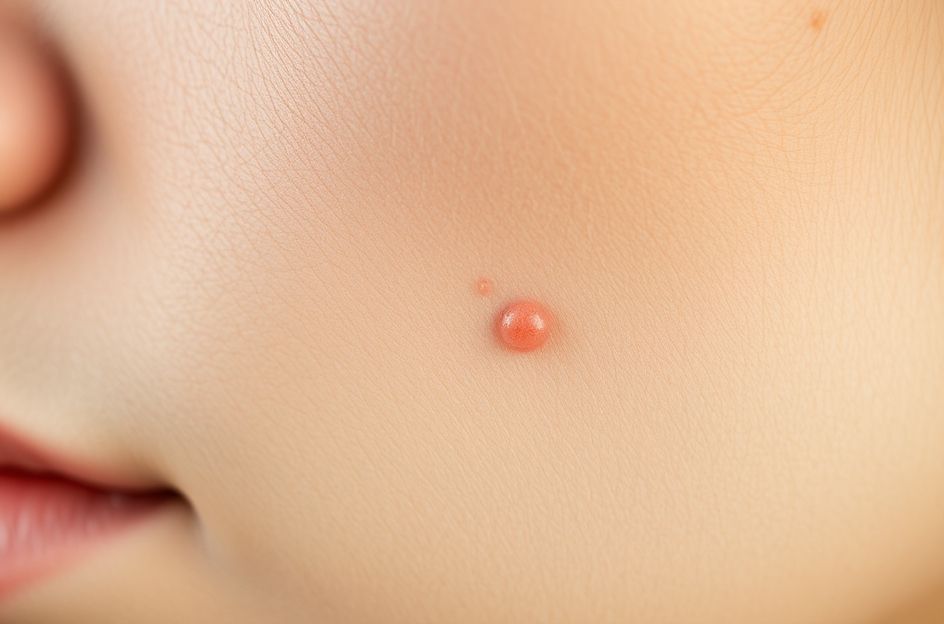Moles and dermatitis represent two prevalent skin conditions, although moles can potentially pose more serious health risks compared to the irritation associated with dermatitis.
Moles arise when melanocytes, the cells responsible for skin pigmentation, cluster together. Typically, these cells are distributed throughout the skin, but an excessive concentration in a single area results in a mole. Most moles develop before age 25, though some may appear later in life. Moles can remain stable or evolve over time. While most are benign, some can become malignant and lead to melanoma. Any mole exhibiting oozing, pain, or increased sensitivity should be examined by a dermatologist. Similarly, moles that emerge suddenly after age 25 or undergo changes in size, shape, or color warrant professional evaluation.
When assessing your moles, consider the following guidelines. Moles should ideally be round and symmetrical. Asymmetrical or irregularly shaped moles should be evaluated by a doctor. Any mole larger than ¼ inch in diameter should be brought to your doctor’s attention. Moles with irregular or jagged edges, or those displaying multiple colors, also require medical assessment. Finally, moles that are red or blue may indicate a cause for concern.
Treating moles is generally straightforward. If a mole is cosmetically undesirable or becomes irritated by clothing, your doctor can remove it. Common removal methods include cryotherapy (freezing), which causes the mole to dry and fall off, or surgical excision. In cases where a mole appears suspicious, doctors often remove the entire mole for biopsy to test for cancer. If malignancy is detected, a slightly larger area of surrounding skin may be excised, and the site sutured closed.
Regularly examine your skin for any changes in existing moles or the appearance of new ones. Promptly report any suspicious moles or changes to your doctor. Proactive monitoring, or a regular “mole patrol,” is key to early detection and prevention.
